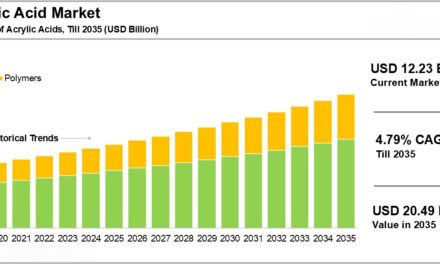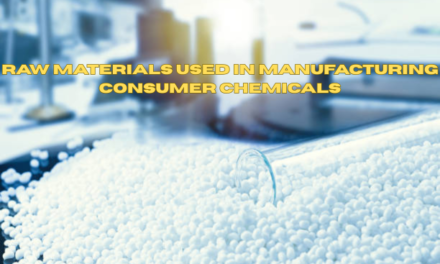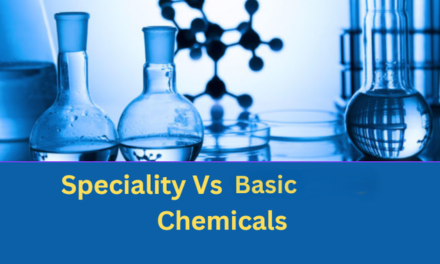Chemical contamination in pharmaceuticals poses significant risks to patient safety, product efficacy, and regulatory compliance. Contaminants can originate from various stages of production, storage, or distribution, and can lead to adverse health effects, product recalls, and reputational damage. Here’s an in-depth analysis of the risks and their implications:
1. Types of Chemical Contaminants
- Impurities in Raw Materials:
- Residual solvents, heavy metals, or degraded raw materials.
- Example: Presence of nitrosamines in active pharmaceutical ingredients (APIs).
- Cross-Contamination:
- Transfer of chemical substances between different production batches or products.
- Example: Residual cleaning agents contaminating the next production batch.
- Degradation Products:
- Chemicals formed when drugs degrade during production or storage.
- Example: Degradation of antibiotics under high humidity conditions.
- Excipients Contamination:
- Contaminated additives like binders, fillers, or preservatives.
- Environmental Contaminants:
- Entry of foreign chemicals from air, water, or surfaces during manufacturing.
- Example: Pesticide residues in herbal medicines.
2. Health Risks
- Toxicity:
- Contaminants like heavy metals (e.g., lead, cadmium) can cause organ damage, neurological effects, or even carcinogenic outcomes.
- Allergic Reactions:
- Cross-contamination with allergens can lead to severe allergic responses.
- Reduced Drug Efficacy:
- Contaminants can chemically interact with APIs, reducing their potency or altering their action.
- Adverse Drug Reactions (ADRs):
- Unintended side effects due to impurities or foreign chemicals.
3. Impact on Product Quality
- Altered Stability:
- Contaminants can compromise the chemical stability of the drug, leading to premature degradation.
- Changes in Appearance:
- Contaminated products may exhibit discoloration, odor, or sedimentation.
- Failure to Meet Specifications:
- Presence of impurities can result in a product failing pharmacopeial standards.
4. Regulatory and Legal Risks
- Non-Compliance:
- Chemical contamination violates Good Manufacturing Practice (GMP) regulations and quality standards.
- Example: Nitrosamine impurities in drugs like ranitidine led to widespread recalls.
- Product Recalls:
- Contaminated batches must be withdrawn from the market, incurring significant financial and reputational costs.
- Legal Actions:
- Patients affected by contaminated drugs may file lawsuits, leading to penalties and settlements.
5. Sources of Contamination
- Raw Materials:
- Contaminated APIs or excipients sourced from unreliable suppliers.
- Manufacturing Processes:
- Inadequate cleaning of equipment, poor handling practices, or process errors.
- Packaging Materials:
- Leaching of chemicals from packaging into the product.
- Storage Conditions:
- Exposure to light, heat, or moisture causing chemical changes.
- Water and Solvents:
- Impurities in water or solvents used in production.
6. Economic Risks
- Production Delays:
- Identifying and resolving contamination issues can halt manufacturing.
- Loss of Revenue:
- Recalls and tarnished brand reputation lead to reduced sales and market share.
- Increased Costs:
- Additional testing, remediation, and compliance measures increase operational costs.
7. Preventive Measures
- Robust Quality Control:
- Rigorous testing of raw materials, intermediates, and finished products for contaminants.
- Supplier Qualification:
- Selecting reliable suppliers and regularly auditing their processes.
- Process Validation:
- Ensuring manufacturing processes are designed to minimize contamination risks.
- Cleaning Validation:
- Verifying that cleaning protocols effectively remove residues and contaminants.
- Controlled Environments:
- Using cleanrooms and HEPA filters to minimize environmental contaminants.
- Packaging Innovations:
- Using inert and non-leaching materials for drug storage.
8. Role of Technology
- Analytical Techniques:
- Advanced methods like high-performance liquid chromatography (HPLC) and mass spectrometry for detecting trace contaminants.
- Automation and IoT:
- Automated monitoring systems reduce human error and provide real-time contamination alerts.
- Digital Traceability:
- Blockchain technology ensures traceability and accountability across the supply chain.
9. Regulatory Guidance
- WHO Guidelines:
- Ensures pharmaceutical products meet international safety and quality standards.
- ICH Q3A/Q3B:
- Specifies limits for impurities in APIs and finished products.
- FDA Guidance:
- Focuses on nitrosamines and other potential carcinogenic impurities.
10. Case Studies
- Valsartan Recall (2018):
- Contamination with nitrosamine impurities led to a global recall of blood pressure medications, impacting patient trust and market stability.
- Heparin Contamination (2008):
- Oversulfated chondroitin sulfate contamination caused adverse reactions and deaths, highlighting the risks of sourcing raw materials from unregulated suppliers.
Conclusion
Chemical contamination in pharmaceuticals poses severe risks to patient safety, product quality, and regulatory compliance. To mitigate these risks, pharmaceutical companies must adopt stringent quality control measures, advanced technologies, and robust supply chain management practices. Proactive prevention and adherence to international regulatory standards are essential to maintaining trust, ensuring patient safety, and safeguarding business sustainability.
Hashtags
#PharmaContamination #ChemicalRisks #ContaminatedPharma #PharmaQualityControl #SafetyInPharma #QualityAssurance #PharmaQuality #GoodManufacturingPractices #GMPCompliance #QualityControl #PharmaRegulations #PatientSafety #SafeMedicines #HealthRisks #PharmaSafetyFirst #TrustInPharma #RegulatoryCompliance #ContaminationPrevention #PharmaSafetyStandards #GlobalPharmaRegulations #ComplianceMatters #PharmaSupplyChain #SafeManufacturing #ChemicalSafetyInPharma #PharmaLogisticsRisks #APISupplyChainSafety

















